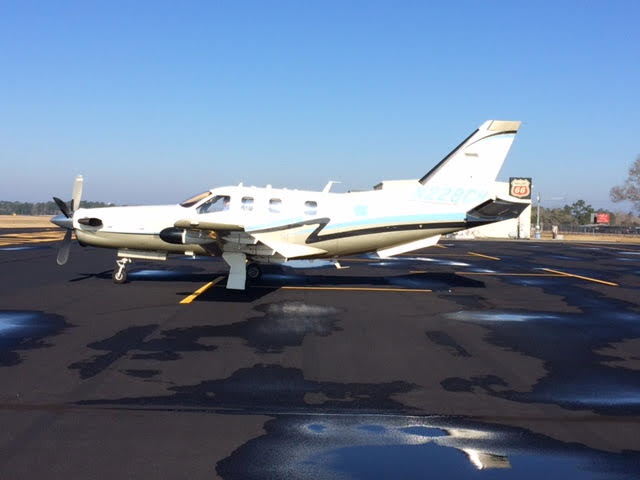
WISDOM AND TECHNIQUES FROM FELLOW AVIATORS
1. Fly the aircraft as far into the crash as possible. Bob Hoover’s classic advice communicates an entire approach to flying, which permeates our attitude in the cockpit. We leave nothing to chance. When faced with difficult circumstances and only poor choices, we will select the best poor choice available and maintain aircraft control as long as possible.
2. Pick a target on every landing and aim to land there. As a minimum, land exactly on the centerline. If you miss your spot, or drift off the centerline, even by a few feet, debrief yourself as you roll out and taxi in. Why did you miss it? What caused you to drift, even slightly, and miss your target? This specific focus will help you become a better stick-and-rudder pilot and it will prepare you, should the day ever come, when the landing environment is tight and you need precision.
3. Establish a short, essential-items memory checklist prior to every takeoff. This memory checklist is intended for after all your checks are complete; just prior to taking the runway, you run your essential memory items. For most GA airplanes, something like “fuel, fire, flight controls” is an excellent quick, essential-items memory list to confirm. Such a simple, essential checklist is especially helpful to pilots who switch between airplanes of varying complexity.
4. Use the three fingers rule to help spot relevant traffic. This tip comes from AOPA Premier Partner PilotWorkshops. Most of us tend to look too high or too low for traffic at a distance. In reality, any traffic that is a potential conflict will be within a finger width above to two fingers below the horizon. The next time you get a traffic call (ATC or ADS-B), stretch your arms out in front of you, and put a finger on the horizon, and two fingers below. Your traffic is somewhere behind your fingers. Remove your hand and search the spot.
5. Use only as much flight control input as you need to maneuver the aircraft to where you want it, but use every bit as much input as you need to do that. Pilots work to be smooth and are taught that airplanes are inherently stable—meaning, when moved away from stable flight, they tend to move back and seek stable flight. As a result, in difficult conditions, such as strong crosswind landings, we often aren’t ready for, or we are reluctant to move the airplane with as much input as necessary to put the airplane exactly where we want it. As one colleague puts it, you have to be ready to wrestle the airplane, when needed.
6. Use the “three strikes rule” to help you assess your readiness to fly. If you commit three mental errors, consider terminating the flight—it’s an indication that you aren’t ready to fly today. For example, suppose you forget to fasten your seat belts; after starting you realize you left the chocks in; and then taxiing onto the runway you realize you forgot to lock the canopy. None of these things may be critical on their own, but taken collectively, they indicate your mind is not focused.
7. Use the water bottle technique to determine whether clouds are above or below your flight path. Ever been VFR cross-country with clouds in the distance and wondered whether or not, at current altitude, you will clear the tops of the clouds? A good technique is to take a sealed, clear water bottle, about two-thirds full, and hold it sideways at arm’s length with the water line on the horizon. If the clouds are above the water level, you will not clear the clouds. If the clouds are below the water level, you will clear the tops.
8. Establish a ladder of priorities to help with task saturation. When the task load gets high, or weather drops, and you are getting behind the airplane, make sure you first, have flying airspeed; then ensure a clear flight path; next, fly to the proper position; then communicate; and finally, work navigation equipment and aircraft systems.
9. Remember that you are only as safe a pilot as you work to be. Planning to get more proficient or intending to access more safety material does nothing to make you a safer pilot.
10. The best thing you can do to improve your skills is go fly. Try these pro pilot tips, and then come out and join us and share your favorite—one that has stayed with you and makes you a better pilot.
Richard McSpadden
Email [email protected]
